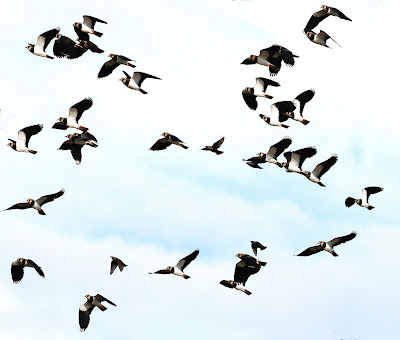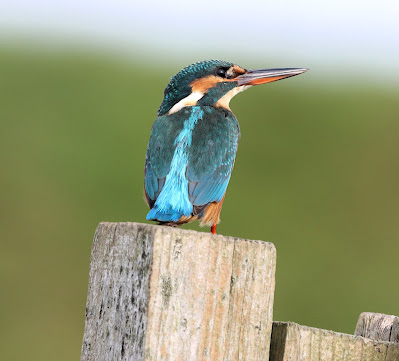Out of action for a few weeks I am only now beginning to catch up. Here’s a few pictures from Greece where we enjoyed probably our best ever holiday on the fantastic island of Skiathos despite the weather of 14/14 days of sunshine and very few birds. The island of Skiathos is simply not on a major migration route whereby it attracts a small number of waifs and strays and has a limited range of breeding species.
Click the pics for the best experience.
For me after so many visits came the infrequent experience of a tick on the Skiathos list - 2 Cattle Egret sharing the tideline with hundreds of Yellow-legged Gulls, the egrets caught against the bright blue sky and the blue/green water.
Cattle Egret
Yellow-legged Gulls
It’s always good to see the last of the Eleonora's Falcons before they head off to Africa in pursuit of the hirundines that make up some of their diet. Red-rumped Swallows put in an appearance, as did common Barn Swallows but neither of them in big numbers.
Eleonora's Falcon
As usual Hoopoes, Spotted Flycatchers, Whinchats, Yellow Wagtails, Chiffchaffs and Red-backed Shrikes proved fairly numerous although both Scops Owl and Little Owl were usually heard and not seen.
Seeing few birds is not a problem when we go back to our beloved island time after time. We have both May 2025 and September 2025 booked in the diary to revisit favourite birding spots, places to eat, relax and to say “Kalimera” to our lovely Greek hosts.
Akrogiali - authentic taverna -The best Sea Bass in all of Skiathos
Mari and Christos - Foodie Cafe - The best coffee in all of Skiathos
Our special friends Litsa and beautiful daughter Sofia.
Aselinos
Donkeys at Aselinos
Mylos with a telephoto
Plane spotters
Aselinos beach
Back home there would no ringing when sidekicks Andy and Will were indisposed with hospital and looking after elderly parents respectively. My own mobility issues limited outings to forays with a camera, so no birds in the hand, just birds in the frame.
Is there anything more uplifting than a watching and listening to flocks of Lapwings tumbling across an autumn sky? I found a flock of 400+ feeding in a field of recently cut maize where rains had puddled the ground. Just perfect conditions for Lapwings that like to eat insects, worms and spiders, but also small amounts of seeds and grains, easily found following a maize harvest.
Late September and early October saw a movement of both Reed Buntings and finches, they too found something to eat amongst the maize stubble. Best counts were of 160 Linnets, 15/20 Reed Buntings, 40+ Greenfinch, 8/10 Goldfinches and small numbers of Skylarks. Pretty quickly the farmer ploughed and drilled the field and the birds moved on to find new sources of food. It was good while it lasted.
Upon playing close attention to the many Linnets I managed to single out a few likely looking “Scottish” types especially during one morning when the first Scottish snows and frosts were predicted. Scottish types are noticeably dark on the crown, ear coverts, nape and underparts than their more southerly counterparts but close views or in the hand is the best way of seeing these distinctions.
Linnet
Reed Bunting
Reed Bunting
Goldfinch
Linnets
Meadow Pipit
Greenfinch
Greenfinch
Greenfinches can be a feature of September and October mornings, some mornings none and then one morning when they seemed to fall from the sky and eager to mop up seed placed on photography fence posts. Our Greenfinches don't travel far during the autumn and winter as ringing recoveries point to their moving up and down the west coast according to food availability and weather conditions. However it is good to see a revival in the fortunes of this often overlooked and/or ignored species.
And of course “mipits” will be around on most morning to happily pose for a picture and can hang around most of the day if there is food available.
Thanks for looking folks. Back soon with more views, news, pics and more catch ups.

































































.jpg)












